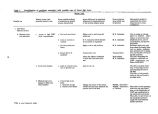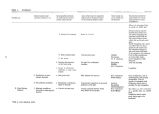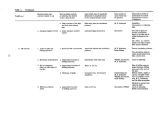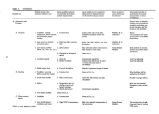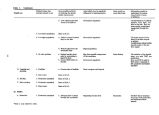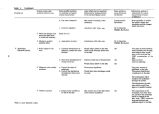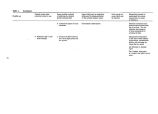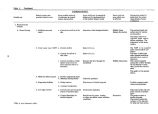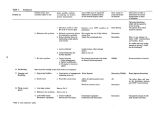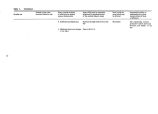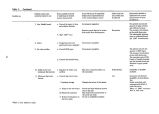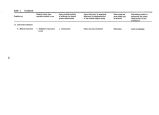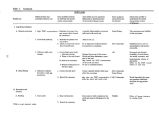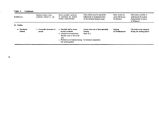| OCR Text |
Show Table 1. Continued. Possible use Desired system characteristic related to use Some possible methods of achieving the desired system characteristic Areas which may be negatively influenced by implementation of the method ( impact areas) Some social use areas which may be affected Information needed to understand the system characteristic of areas of influence 3. Maximum positive aesthetic affect b. Use water transports c. Construct pipelines 2. Minimum damage from Same as I. A. 3. waves and high water to roads and causeway a. Appropriate location May require breaching of the causeways Interfered with other uses Interference with other uses Transportation Recreation M. E. Industries Wildlife, Recreation M. E. Industries Wildlife, Recreation Need capability to predict the habitat change and circulation pattern changes which will occur. V. Hydrologic ( Physical system) ON 1. Water supply to the state 2. Minimum water quality problems 3. Viable ecosystem a. Upstream development of Would reduce inflow to the lake reservoirs, canals, and other which could adversely affect uses facilities of the lake. b. Near shore development of Restricts other uses of flooded land storage reservoirs Would reduce inflow to the lake All All All a. Control the input of pollutants b. Control the distribution of pollutants which enter the lake a. Insure proper conditions for life in the lake Government regulation Would limit where discharges could be made May restrict uses of the lake which create adverse conditions All aTDS is total dissolved solids. The types of water developments possible and the long- term impacts they would have on the level and the TDSa concentration of the lake. Same as above Land use planning The point sources of pollutants to the lake. The present distribution of pollutants to the lake. The mechanisms which transport the pollutants through the system. The distribution of pollutants which result from input at a specific location. The components of the ecosystem, how they interact, and how the ecosystem reacts to changes in the lake level, TDSa concentrations and nutrient and pollution input to the lake. |


















